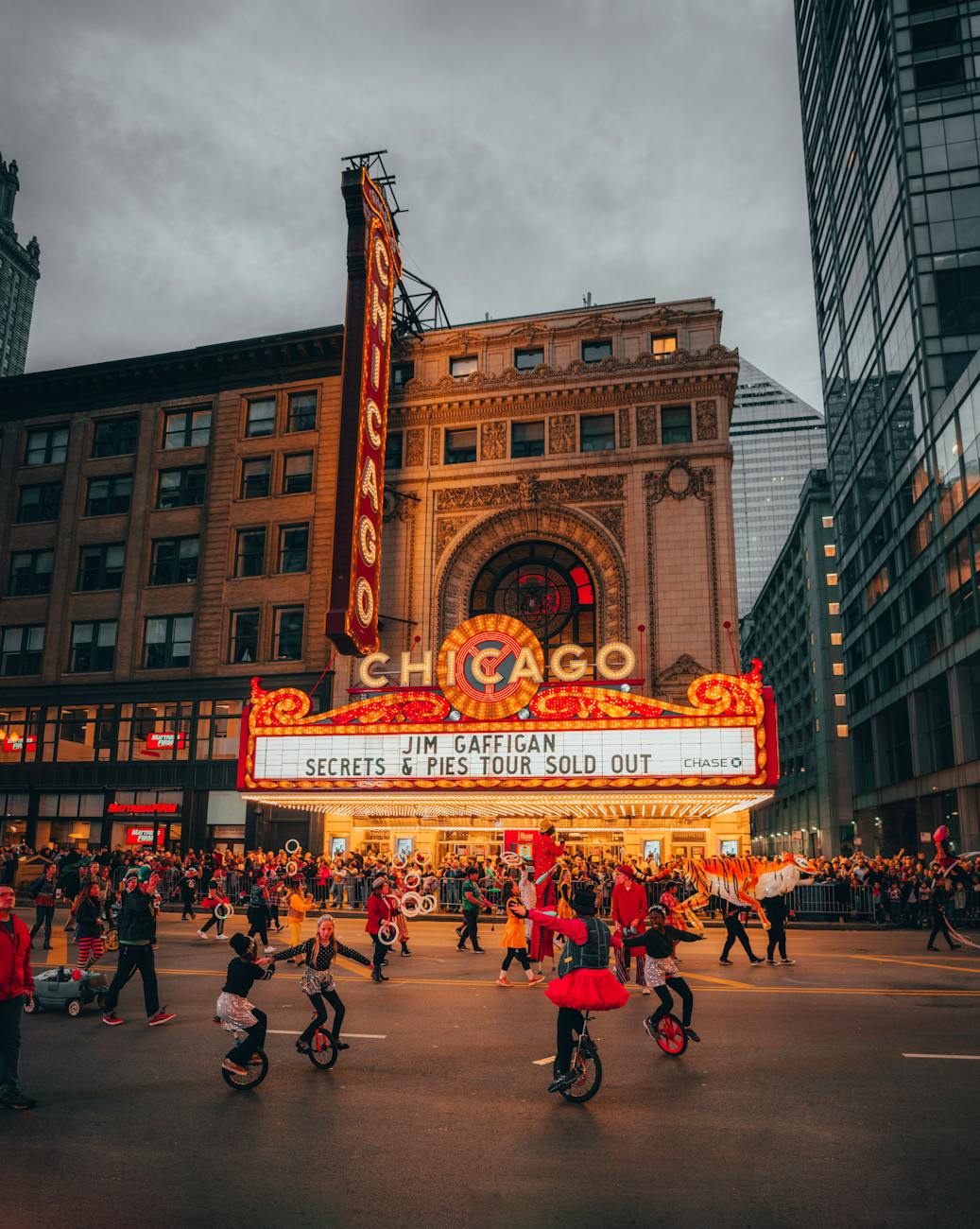Investigative Challenges in the Charlie Kirk Case
The situation surrounding the shooting of right-wing activist Charlie Kirk has taken a complicated turn. Authorities have arrested a suspect, but the individual is not cooperating with law enforcement. This lack of communication is creating hurdles for investigators who are attempting to piece together the motive behind the violent act. Utah Governor Spencer Cox addressed the media on Sunday, shedding light on the ongoing investigation and the challenges faced as they seek to uncover the truth.
Finding the Motive: A Difficult Task
With the suspect remaining tight-lipped, investigators are pivoting their focus towards understanding the context of the shooting. They are reaching out to friends and family of the suspect, hoping to gather insights that could explain the rationale behind targeting Kirk. This is often a crucial step in criminal investigations, where the background and personal connections of the suspect can provide valuable clues. However, the challenge lies in the fact that without cooperation from the suspect himself, these leads may not be as fruitful as investigators hope.
The Implications of Silence
The suspect’s refusal to engage with authorities raises questions about his intentions and state of mind. It’s not uncommon for individuals involved in such serious incidents to withdraw from communication, either out of fear, guilt, or a calculated decision to remain silent. This silence can lead to a prolonged investigation, as detectives may be forced to sift through layers of circumstantial evidence rather than gaining direct insights from the source. The longer the investigation drags on without cooperation, the more challenging it becomes to reach definitive conclusions.
Community Reactions and Concerns
As the investigation unfolds, the community is left grappling with the implications of the shooting and the ongoing silence from the suspect. Questions about safety, political tensions, and the motivations behind such acts of violence loom large. Residents may feel a mix of fear and frustration, eager for answers but faced with the reality that the path to those answers is fraught with obstacles. The community’s anxiety is palpable, as they wonder whether this incident is an isolated event or part of a larger trend of political violence. This uncertainty is unsettling, making residents increasingly vigilant and concerned about their safety.
The Role of Law Enforcement
Law enforcement agencies are now in a race against time to piece together the narrative surrounding the shooting. They are utilizing various investigative techniques, including interviews, forensic analysis, and surveillance footage, to build a case. Each piece of evidence can be crucial in understanding not just the “who,” but the “why.” Yet, the challenge remains that without the suspect’s input, they are working with incomplete information. This situation may require them to think outside the box and consider angles that they might not have initially explored.
Legal Ramifications of Non-Cooperation
The suspect’s lack of cooperation could also have legal implications. In many jurisdictions, a refusal to speak can complicate the legal process, potentially leading to drawn-out court battles and questions about the suspect’s mental competency. Furthermore, the legal system often relies on the suspect’s statements to form a cohesive narrative that can be presented in court. If the suspect continues to remain silent, it may hinder the prosecution’s ability to effectively argue their case, leading to questions about justice and accountability.
Questions
What steps can law enforcement take to encourage cooperation from suspects?
How do community members feel about the ongoing investigation and its implications?
What factors typically influence a suspect’s decision to remain silent during investigations?


